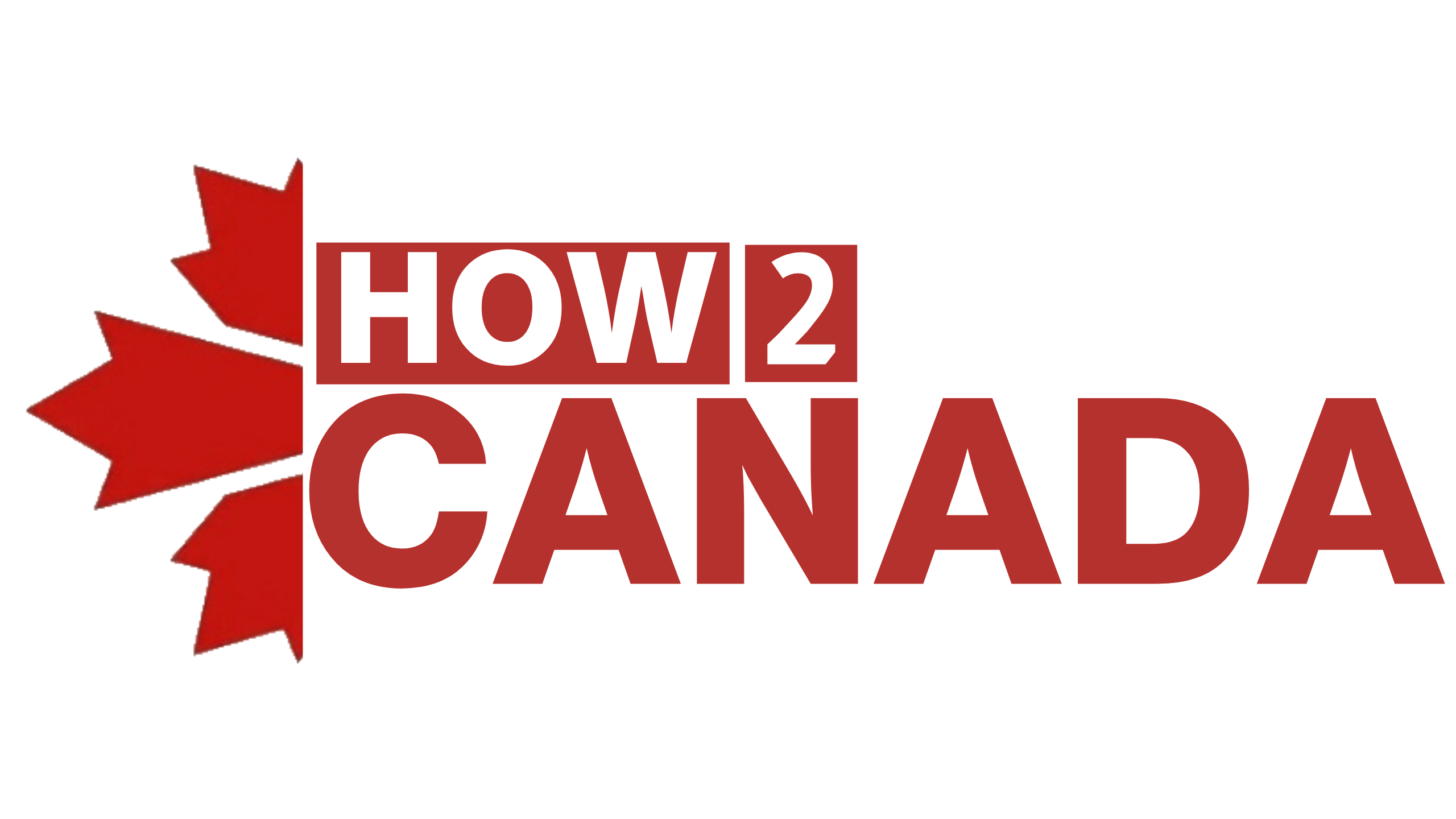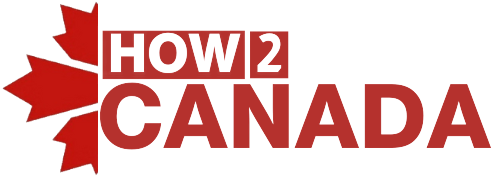💡 Demystifying Goods and Services Tax (GST) in Canada

As a newcomer to Canada, understanding the Goods and Services Tax (GST) is crucial for managing your finances effectively. In this article, we will provide you with a comprehensive guide to the GST, including its purpose, calculation methods, registration requirements, and strategies to optimize your tax obligations.

📝 In this article:
- Part I: Introduction to Goods and Services Tax (GST)
- Part II: Understanding GST Calculation and Registration
- Part III: Managing Expenses and Input Tax Credits (ITCs)
- Part IV: Compliance and Best Practices
Part I: Introduction to Goods and Services Tax (GST)
1.1 What is Goods and Services Tax (GST)?
The Goods and Services Tax (GST) is a value-added tax imposed on most goods and services in Canada. It is designed to generate revenue for the government and promote fairness in the taxation system. The GST is administered by the Canada Revenue Agency (CRA) and applies to businesses and individuals involved in taxable transactions.
Part II: Understanding GST Calculation and Registration
2.1 GST Calculation:
The GST is calculated as a percentage of the selling price or value of goods and services. Currently, the GST rate is 5% across Canada, except in provinces that have implemented the Harmonized Sales Tax (HST), where it is combined with the provincial sales tax. Understanding how GST is calculated will help you budget and account for this tax in your financial planning.
2.2 GST/HST Registration:
Businesses that meet specific criteria are required to register for a GST/HST account with the CRA. This registration enables you to collect and remit the GST on behalf of the government. We will guide you through the registration process and provide information on when and how to register your business for a GST/HST account.
Part III: Managing Expenses and Input Tax Credits (ITCs)
3.1 Importance of Expense Tracking:
Keeping accurate records of your business expenses is essential for successful GST management. By maintaining detailed records, you can claim input tax credits (ITCs) and reduce your overall GST liability. We will discuss the importance of expense tracking and provide tips on effective record-keeping practices.
3.2 Claiming Input Tax Credits (ITCs):
An input tax credit (ITC) is a mechanism that allows businesses to claim a credit for the GST they have paid on eligible business expenses. We will explain the process of claiming ITCs, including the required documentation and criteria. Optimizing your ITCs can significantly reduce your net GST payable and positively impact your bottom line.
Part IV: Compliance and Best Practices
4.1 Filing GST Returns:
Businesses with a GST/HST account are required to file regular GST returns, reporting their sales, purchases, and GST collected. We will guide you through the process of filing GST returns, including the necessary forms and reporting periods. Complying with these requirements is crucial to avoid penalties and maintain a good standing with the CRA.
4.2 Seek Professional Advice:
Navigating the complexities of the GST system can be challenging, especially for newcomers. Seeking professional advice from accountants or tax advisors with expertise in GST regulations can provide invaluable support. They can help ensure accurate compliance and identify opportunities for tax optimization.
🎬 Conclusion
Understanding and managing Goods and Services Tax (GST) obligations is essential for newcomers to Canada. By grasping the basics of GST calculation, registration requirements, expense tracking, and claiming input tax credits (ITCs), you can effectively navigate the GST system and optimize your tax obligations. Remember to stay informed, maintain accurate records, and seek professional guidance when needed to ensure a smooth financial journey in Canada.





Comments ()